Affiliate links on Android Authority may earn us a commission. Learn more.
From Android Market to Google Play: a brief history of the Play Store
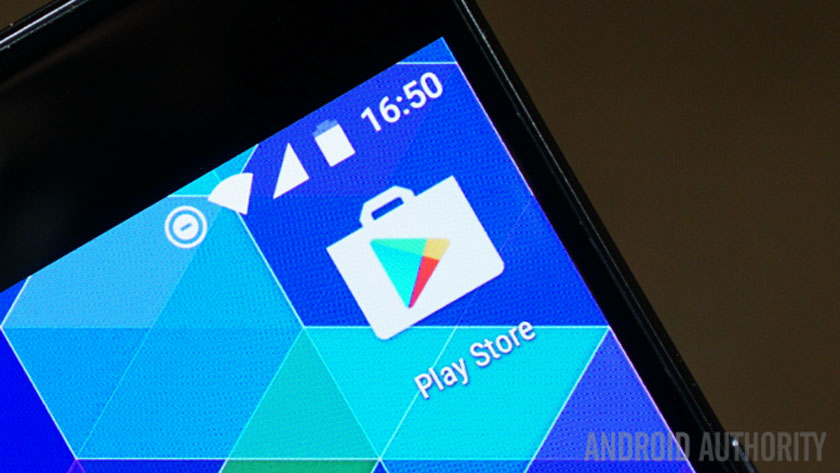
Five years ago today, on March 6, 2012, Google made a huge change to Android that consolidated all of the operating system’s content stores into one platform; the Google Play Store. Previously, Android users had to get apps, games, movies and TV shows from the Android Market, music from Google Music and electronic books from the Google eBookstore. Google’s decision to merge all of these stores into one portal made the lives of all Android device owners much easier, and it likely helped to expand the reach of the OS in general.
With today’s fifth anniversary, we decided to take a very brief look at the history of Android Market and Google Play, along with some of the major changes and improvements that have been made over the years.
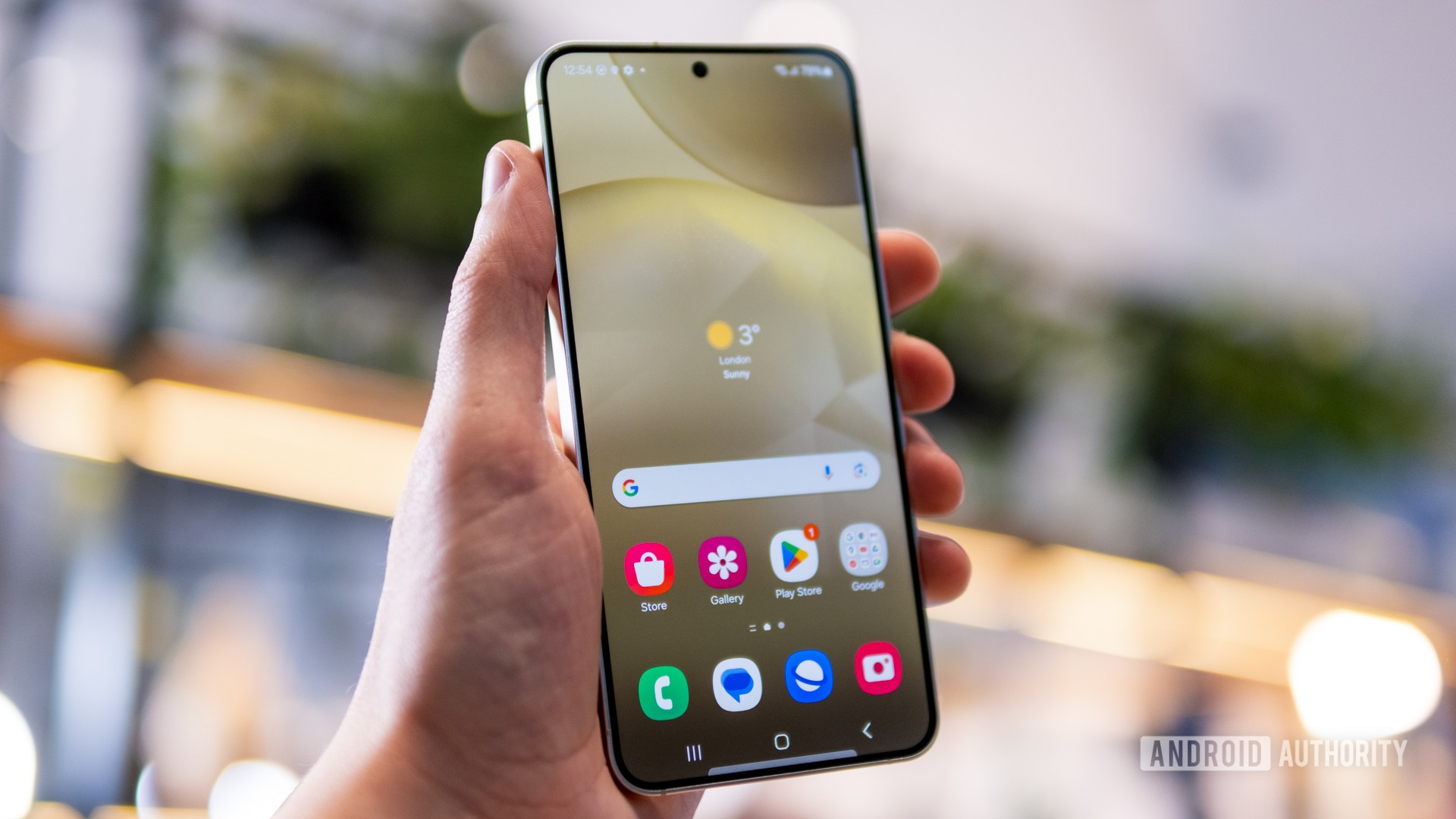
Pre-Google Play: 2008 to 2012
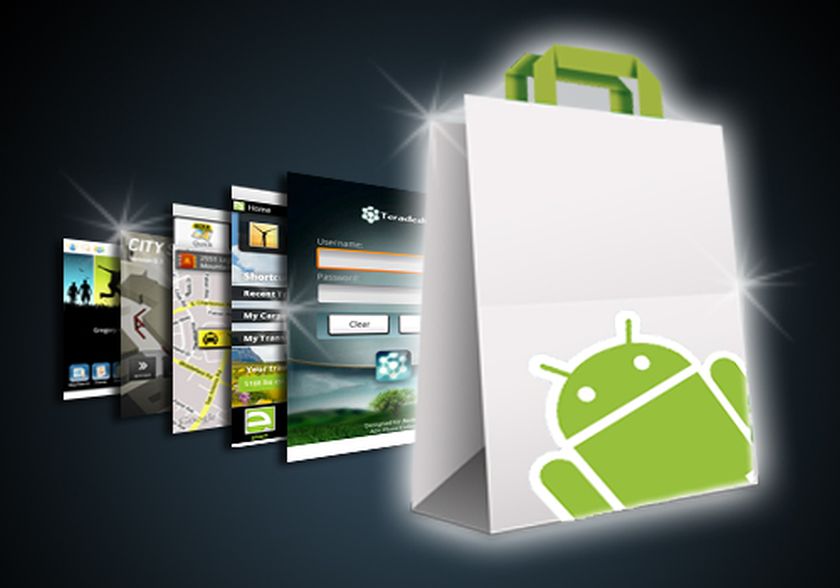
Android Market launched in 2008 as a way for users to download apps and games for the new Android operating system. The store added support for paid apps in 2009 in the US and UK, and expanded to more international markets in 2010. It also launched the Google eBookstore that same year. In 2011, Google Music launched, and the Android Market added support for both books and movie rentals in the US that same year.
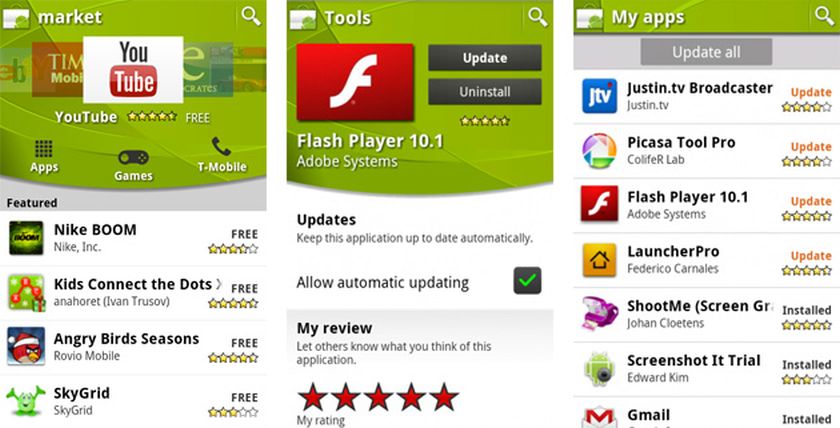
Obviously, having multiple stores on Android could cause some confusion, which is likely why Google decided to merge all of its stores into Google Play five years ago today. At the time of the announcement, Google made a big deal of the fact that all the purchases via Google Play would be cloud-based, meaning users would not have to worry about losing a downloaded file ever again; they could simply download them again from the store if they needed to switch phones or tablets, or if they needed to do a full refresh of the phone.
At the launch of Google Play in March 2012, the store had 450,000 Android apps and games to download. Obviously, that number has gone much higher in the past five years. Google Play also served as the place to purchase Google’s various Nexus hardware devices.
Improvements and changes: 2012-2015
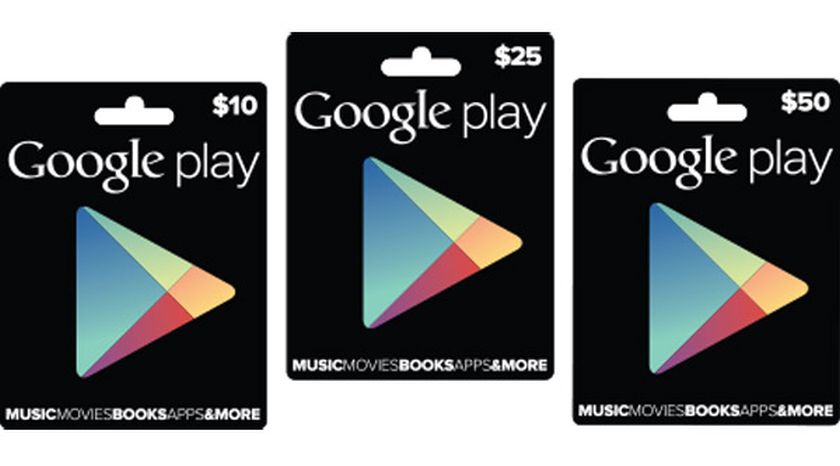
The company was not going to sit around and rest on its laurels following the launch of Google Play though. In August of 2012, it revealed plans to offer physical Google Play gift cards in the US, allowing people who did not own a credit or debit card a way to purchase apps, games and other content from the store.
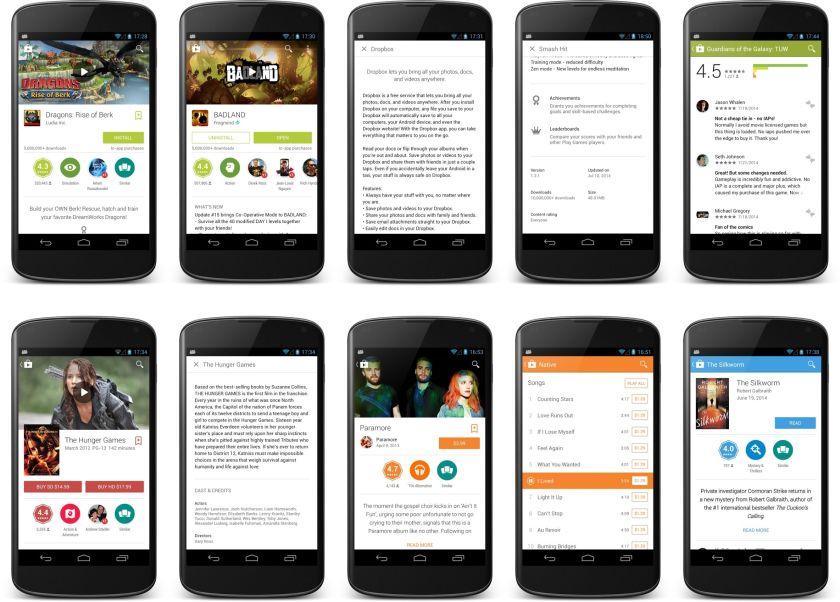
Then in May 2014, the Google Play Store made some changes, which included adding some additional information on each app listing, including ratings and file size. In July, Google Play got a major redesign, incorporating the company’s then new Material Design language.
Google also confirmed that summer that since the Google Play launch two year earlier, it had become the company’s biggest source of revenue outside its internet ad business. The number of apps in Google Play had also exploded up to 1.5 million, compared to the 1.2 million apps for iOS users in Apple’s App Store.

In March 2015, Google decided to separate the sale of its hardware devices out of the Google Play Store and into its own Google Store division. That meant that Google Play was just for downloading and purchasing digital content only. In October 2015, the Google Play Store got another big redesign, with curved content section buttons, large images for featured products on top and creating two sections, Apps & Games (self explanatory) and Entertainment (movies, TV shows, books, magazines and music). Later the Entertainment section would be renamed as “Movies, Music, Books”.
The current storefront: 2015-2017
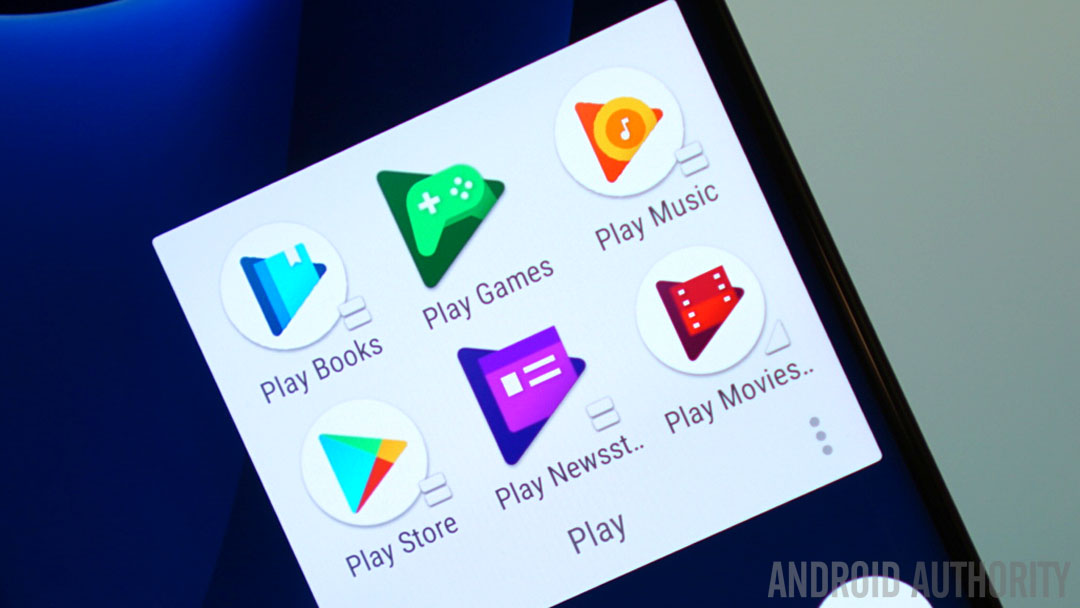
All of the icons for the Google Play suite of apps got redesigned in April 2016 so that they would share the same triangle look as the main Google Play app. In May, the company revealed that the Google Play Store, and its Android apps, would become available on a number of Chromebooks running on Chrome OS. Earlier this year, Google said that all Chromebooks that were released in 2017 would have access to Google Play.
Google also continues to evolve the Play Store user interface. In November, it added a Trending section that includes the current hot topics in the entertainment industry, and the appropriate content download links. Google also announced plans in 2016 to crack down on apps that were using fraudulent means to pump up both their download numbers and their reviews.
Today and tomorrow
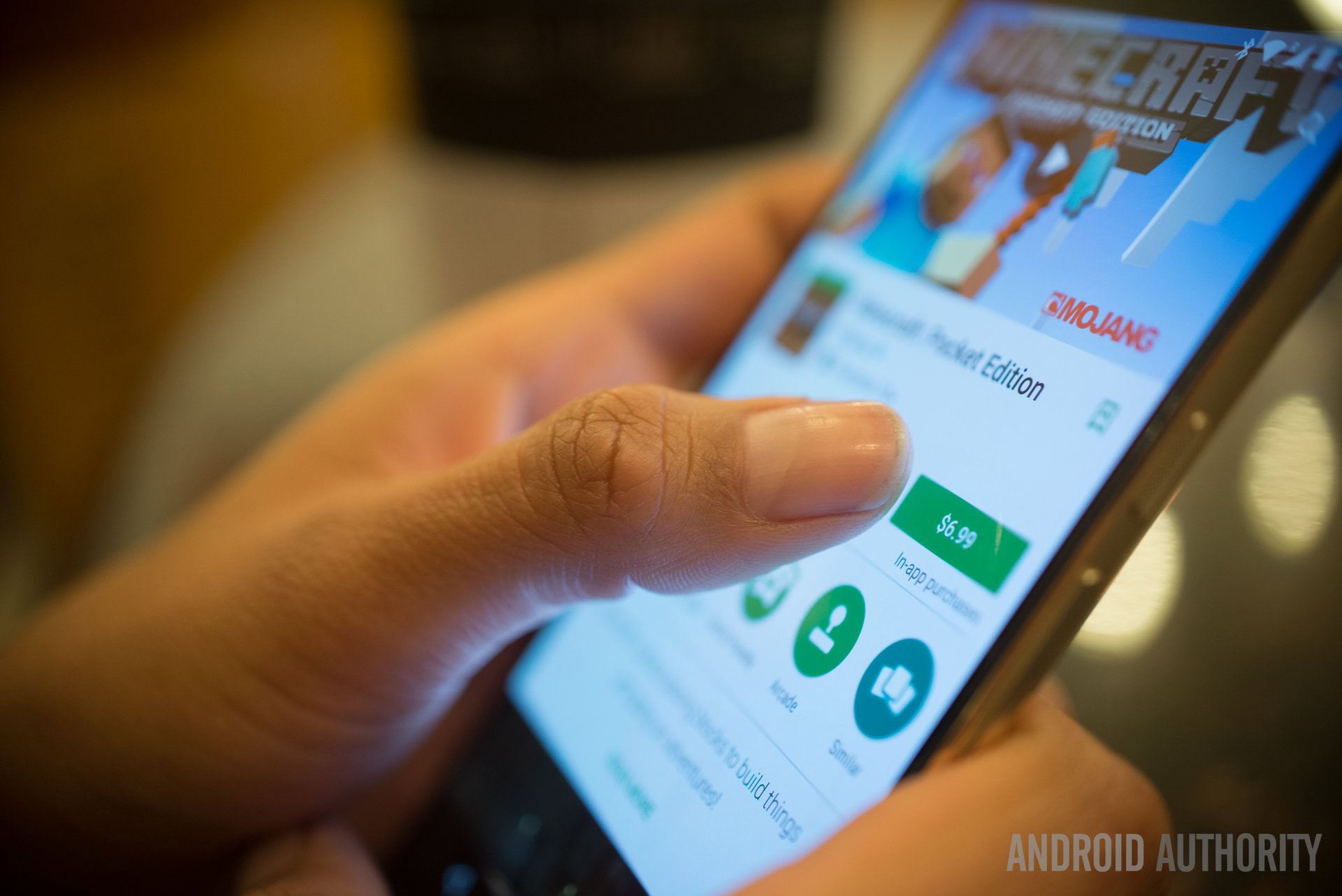
Today, the Google Play Store is pretty much the center of the universe for Android owners who want to purchase apps or other content. While there are some third-party app stores also available for Android, most notably the Amazon Appstore, none of them have the sheer amount of content that Google Play has. Indeed, one third-party estimate from research firm AppBrain claims that there are now over 2.77 million apps and games to download from Google Play. That’s not even counting the number of movies, TV shows, music, ebooks and magazines that are also available on the store.
At the same time, some analysts and experts are questioning how long traditional app stores like Google Play will continue to stay active.
We have seen the rise of voice-commanded digital assistants like Siri, Amazon Alexa and Google Assistant in the past couple of years. It’s more than possible that some apps in the Google Play store could be replaced by the advanced functions of AI assistants. We’re also seeing a renewed push towards progressive web apps. Finally, improvements in cloud technology could eventually position streaming apps and services as reasonable substitutes for traditional apps. And who knows what other advancements could change the mobile landscape in the future.
However, that is not likely to happen for a long time to come. For right now, the Android operating system continues to add new smartphones and tablets, all of which have Google Play access. Also, other platforms and products like Android Wear watches, Android Auto and Android TV use versions of Google Play as well. Indeed, in Google’s own blog post celebrating the 5th anniversary of Google Play, it stated that it now has 1 billion active users in 190 countries.
Google has also posted a special page to celebrate the 5th anniversary by listing the top 5 downloads from Google Play in the US in apps, games, movies, music, music albums and books. Perhaps the biggest surprise is that the most downloaded movie from Google Play is the Seth Rogan-James Franco 2014 North Korean comedy The Interview.
What is your favorite piece of content you have downloaded from the Google Play Store? Let us know in the comments!